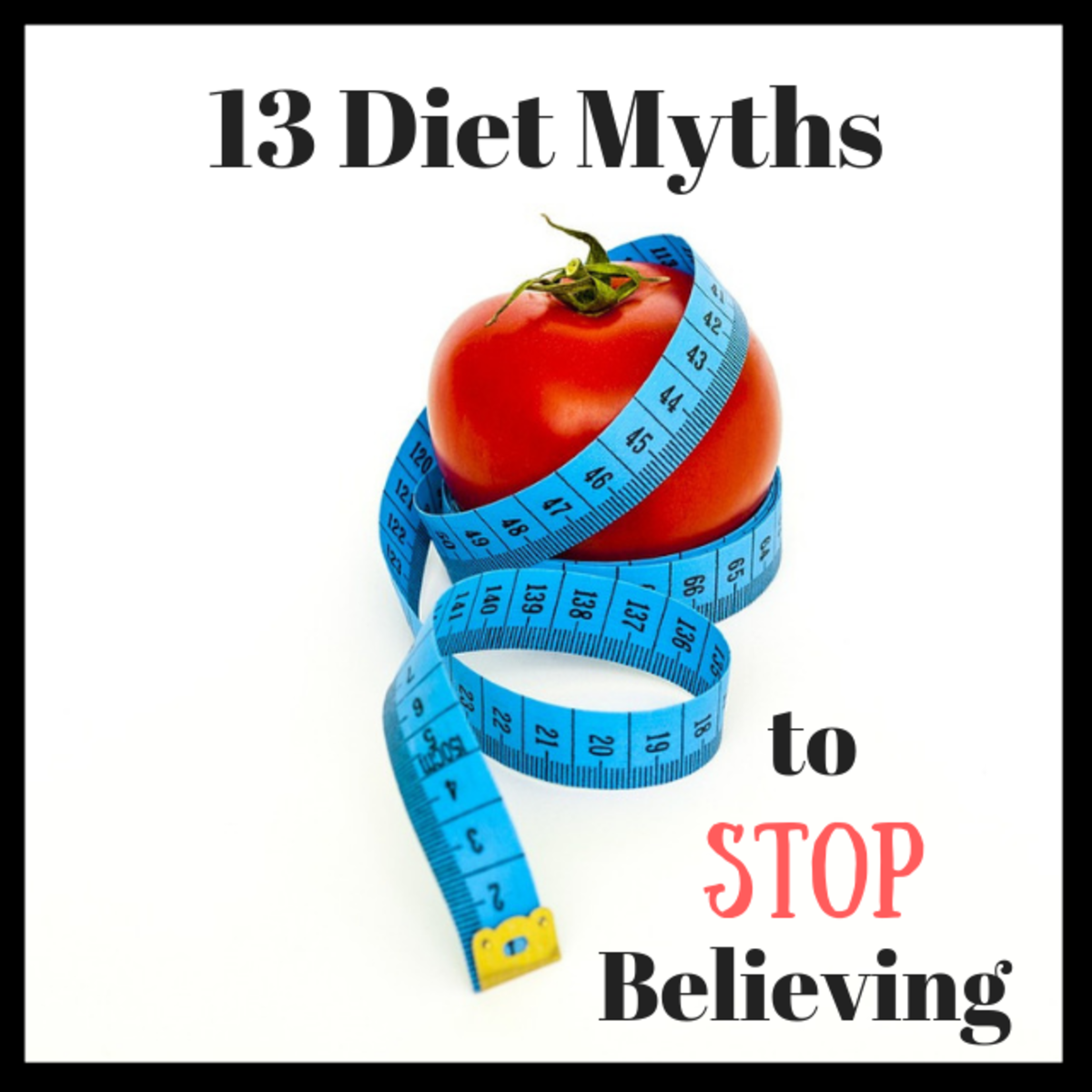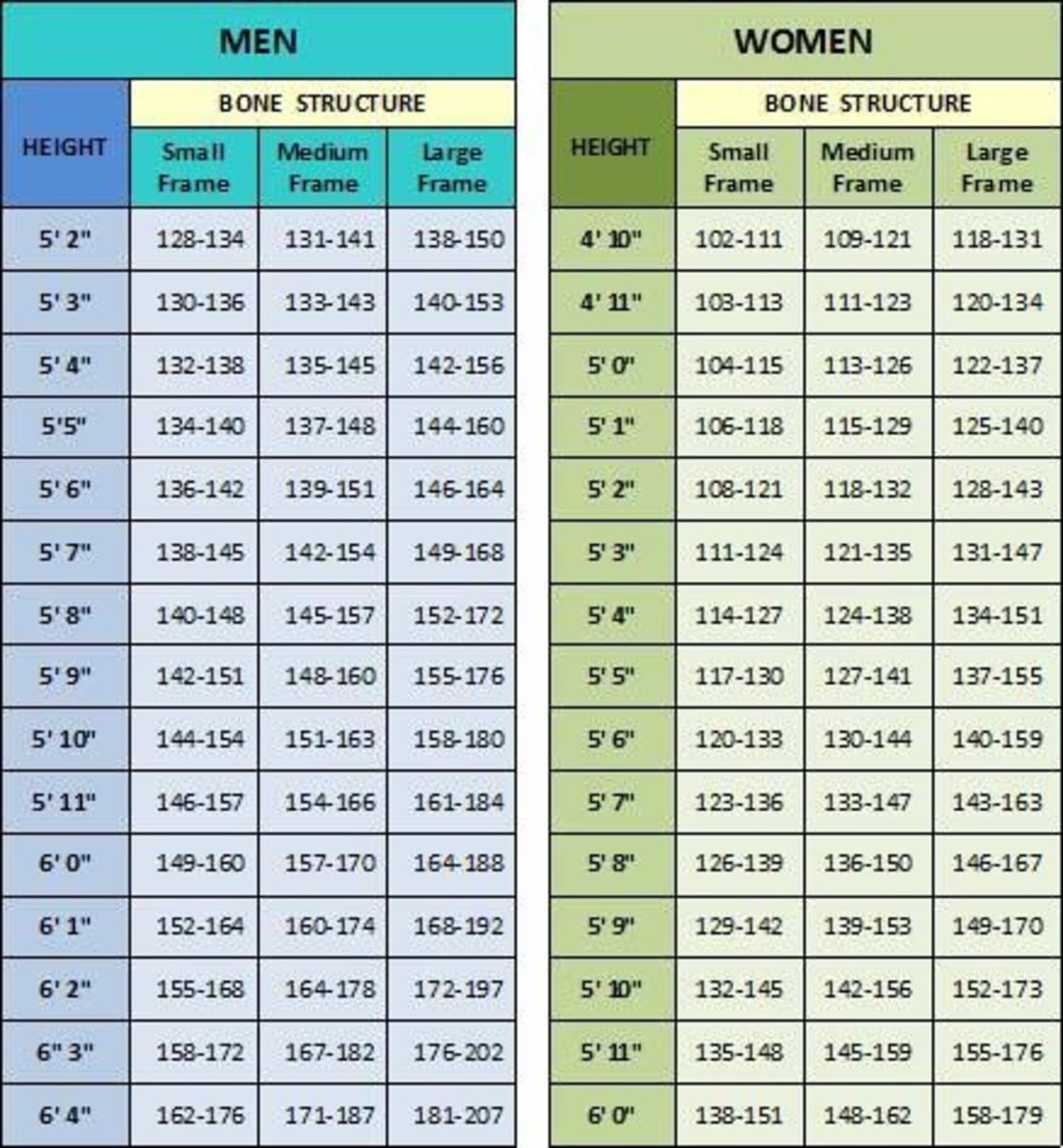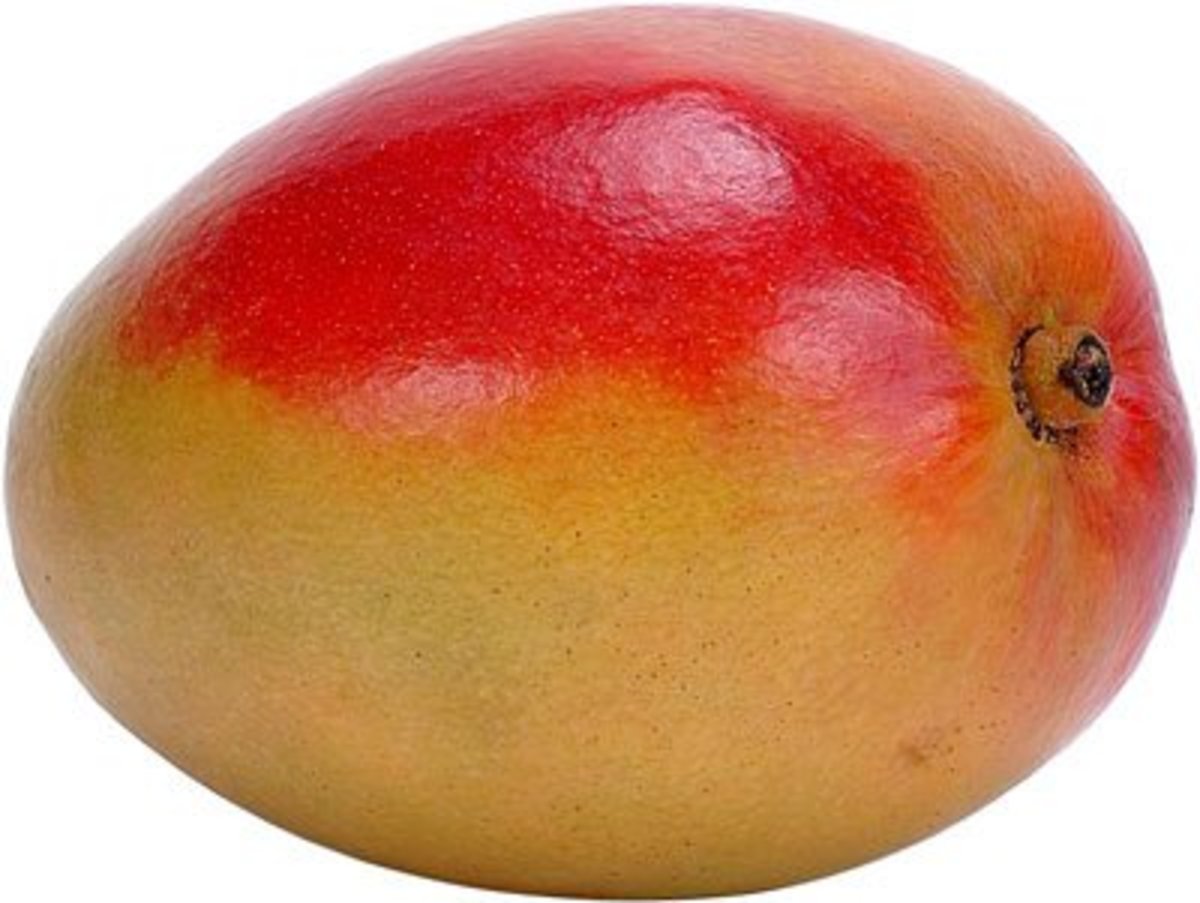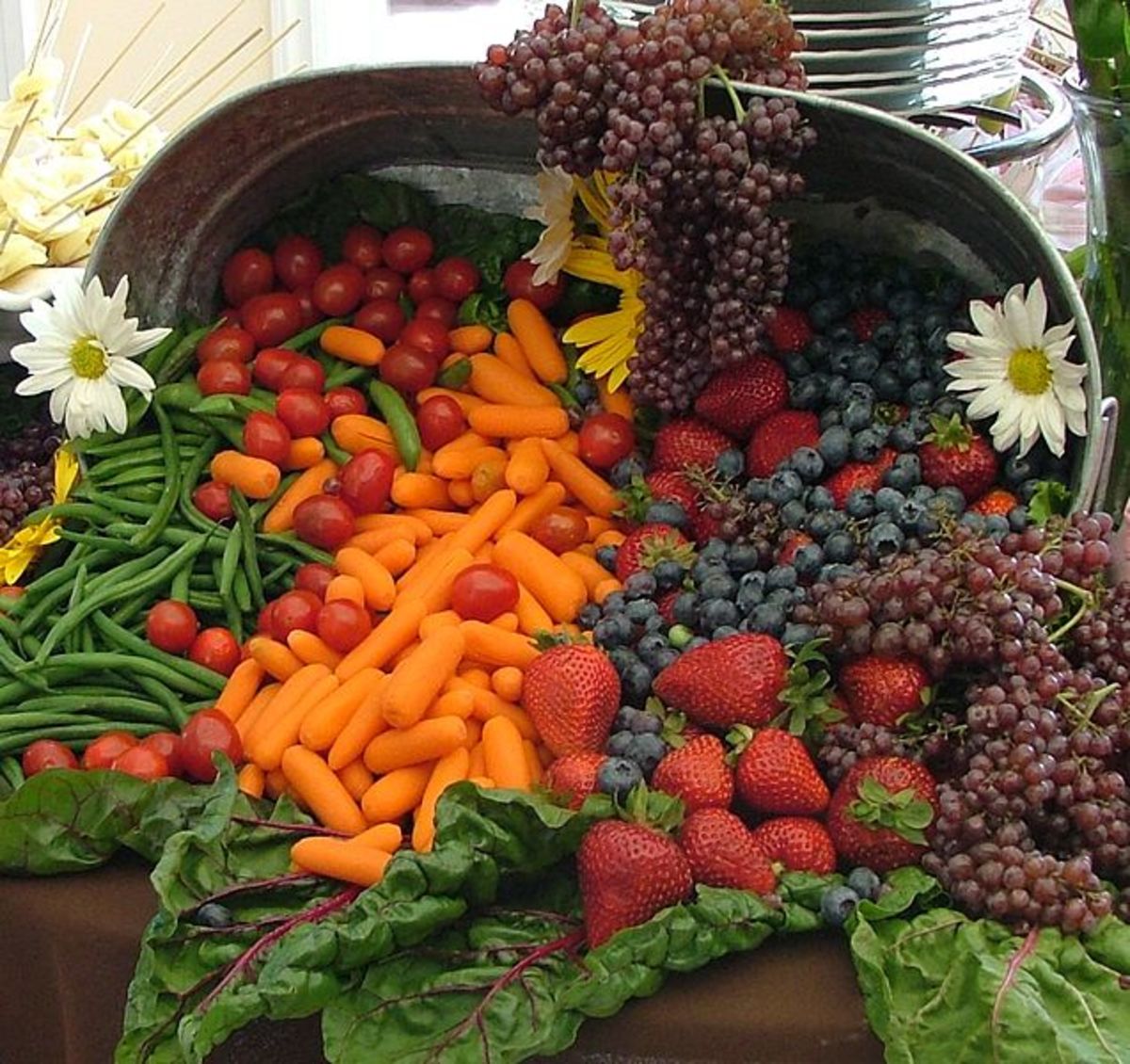Operation Skinny: Nutrition Plan
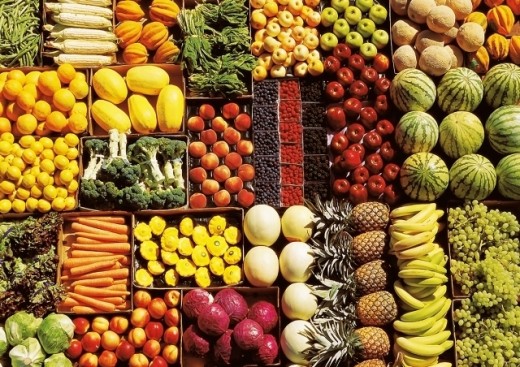
Losing weight is 80% diet and 20% exercise, or so I’ve heard it said and believe it to be. Therefore, figuring out my diet is a BIG piece of my weight loss puzzle. I see it as a two step process: 1) figure out the best diet for me and 2) learn how to stick to it. Luckily for me, I have a ton of knowledge on what constitutes good nutrition. Part of it has been learned over the years from reading countless diet and nutrition books and articles, and part of it is from being a biology nerd (I have a degree in Integrative Biology from UC Berkeley). Understanding why things work helps me to stick with a strategy because I can understand the results of every choice I make in a very concrete, tangible way. Until I understood how food affects neurotransmitters (chemicals in your brain) related to mood and emotions, I didn’t understand that I was an emotional eater – someone that used food as a coping mechanism for difficult emotions or stress. Therefore, understanding how food affects the body, both in the nutrition/digestive sense as well as the brain chemistry manner, helps me to make the conscious choice to eat or not eat certain things. This knowledge gives me a sense of empowerment and control, which greatly helps me stick to a nutritious eating plan and accomplish my weight loss goals. Okay, now onto which plan I’ve chosen to accomplish these goals.

Low Glycemic Index Diet. As with many of you out there, I’ve had years of experience reading about and trying new diets and nutritional strategies. Some of the knowledge is very intuitive or has been taught to us from a young age -- everyone knows that fruits and vegetables are good for you and fried foods and pastries are bad for you. But information regarding nutrition has become a science all in itself in recent decades, and quite fascinating to the biology nerd in me. In my experience, food plans based upon the glycemic index make the most sense and work best for me.
The glycemic index (GI for short) is a measure of the effects of carbohydrates on blood sugar levels. Carbohydrates that break down quickly during digestion and release glucose rapidly into the bloodstream have a high GI. This is the “sugar high” you feel after eating sweets or those foods high in complex carbohydrates such as potatoes or pasta. Unfortunately, this is soon followed by a big crash – that nap you want to take an hour after eating a big bowl of pasta for lunch. Carbohydrates that break down more slowly, releasing glucose more gradually into the bloodstream, have a low GI.
The concept of the GI was initially developed as part of research to find which foods were best for diabetics. The idea behind eating low glycemic index foods is that carbohydrates are released slowing into the system, evening out your body’s normal response of insulin and glucagon, two hormones used to control sugar in the blood stream. By keeping those levels more consistent, you’ll feel hungry less often and you won’t experience the sugar high and crash that drives you to crave more sugary/high GI carbohydrate foods.
The Zone/South Beach. The two diet plans I like best that implement this concept are The Zone and South Beach. They have very similar premises, and when put into practice, result in very similar nutrition plans. Ideally, you’re eating several meals or snacks during the day (4-6 “mini meals” or 3 regular meals and 2-3 snacks), each with a serving of lean protein, good fat and good carbohydrates (those with a low GI). Examples of quality lean protein are chicken, turkey, most fish and occasional servings of lean cuts of beef. Examples of good fats are those that are monounsaturated or unsaturated such as avocado, most nuts (macadamia and almond being great examples) and olive oil. Good carbohydrates tend to be most fibrous vegetables such as broccoli, celery, and green beans. I will be avoiding processed foods generally, including those high in flour and sugar. I’ll definitely have the occasional piece of multi-grain toast or sweet potato from time to time, but as a general rule, it won’t be the staple of my meals. For more detailed information on The Zone and South Beach diets, please see Principles of the Zone Diet - Can it Work For You? and About the South Beach Diet.
I don’t plan to follow the structure of The Zone or South Beach specifically. I won’t be measuring out the precise protein amounts as called for in The Zone or going through an initial sugar and carb detox as called for in Phase 1 of South Beach. I will be following a looser interpretation of the general principles laid out in these plans. I’ll be aiming to eat 4-6 times a day, either a mini meal or a snack, which will include lean protein, good fats and low GI carbohydrates. I plan to eat of lot of fibrous green veggies (green beans and broccoli are my favorites) and whole fruit as a sweet dessert, but fruit will not the basis of my low GI carbohydrates.
Protein Shakes. I will also use protein shakes from time to time as part of a meal, mostly just because they’re darn convenient and sometimes I just don’t want to cook. My favorite shakes are ones made by EAS called Myoplex Lite—great lean protein source and chocked full of tons of vitamins and minerals. Most of the time I mix them with water and ice, but on occasion when I want something a little creamier, I go with milk (1% being my preference). You can take basic flavors such as vanilla and chocolate and add a little flavor extract for a nice twist. For example, I love adding orange extract to vanilla for an orange creamsicle shake or mint to chocolate for a mint chocolate shake. I haven’t tried banana extract with a strawberry shake yet, but that’s next on my list.
Food Diary Helps You Lose Weight. I will also be keeping a food diary. Several studies have shown that people who keep food journals are more likely to be successful in losing weight and keeping it off. In fact, a researcher from one recent study says that people keeping a food diary six days a week lost about twice as much weight as those who kept food records one day a week or less. This will also be helpful when reporting my results in my weekly articles so you can all see my average caloric intake for the week.
Water. As part of this plan, I’ll also be drinking a lot of water. Luckily for me, I’m a pretty big fan of water. I also like tea and can see drinking a lot of both green tea and yerba matte. Water is so beneficial and essential to a healthy diet plan. One of the first signs of dehydration is fatigue. So by keeping yourself properly hydrated, you’ll be increasing your energy level. It’s also great to flush out the lymphatic and digestive system – a must when losing weight – as well as helps your body maximize its cellular processes (your body is 70% water for a reason). I also find that when I eat more cleanly, with greater proportion of lean protein and fibrous vegetables while minimizing or eliminating processed carbs, the desire to drink water is very natural and easy. I can easily drink 80-110 oz of water per day (today I drank 105 oz. of water and 32 oz. of diet green tea).
Supplements. I will be using some supplements as well. I plan to take fish oil supplements so as to ensure that I get my daily dose of Omega-3 fatty acids. I will write another hub explaining why Omega-3 fatty acids are so beneficial to your health generally as well as a weight loss plan. When I do so, I’ll link it here. I also plan to use two weight loss aids, Super Citrimax and Green Tea Extract. I plan to take 2700 mgs of Hydroxycitric Acid (HCA) (from Super Citrimax) as well as 300 mgs of EGCG (from Green Tea Extract) per day. To see why I believe these weight loss aids will help me in my weight loss journey, read Super Citrimax – How it Can Help You Lose Weight. I plan to write a similar hub regarding Green Tea Extract and will link it here as well.
Weekly Reports. In addition to my food diary, I will be writing weekly hubs on my progress. There, you’ll be able to see my weekly results for weight loss as well as how I fared sticking to this nutrition plan and how much I exercised. I hope this will not only keep me accountable, but inspire others so you can see what I did to accomplish my goals.






